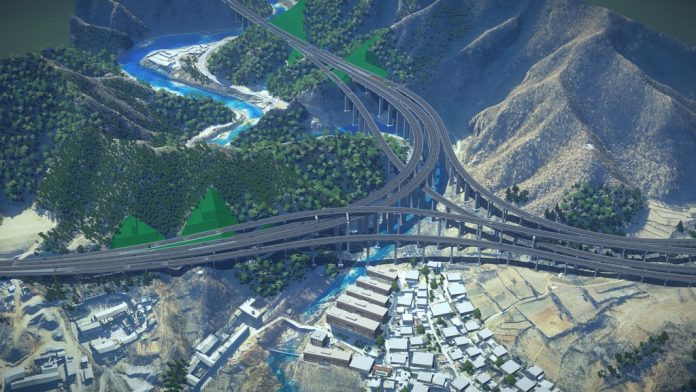The CNY 10.5 bn (~£1.17bn) Yaoshan-Luanchuan section of the Zhengzhou-Xixia Expressway is 78.8-kilometres long and is a bi-directional and four-lane expressway, which includes 88 bridges, four interchanges, two interoperability hubs, and two super-long tunnels
The bridge and tunnel ratio is 59.8% of the project. The project is critical for developing an efficient transportation network to support the region’s economic development strategy and promote social economic development.
Henan Provincial Communications Planning Survey & Design Institute Co. Ltd. is a one-stop engineering technical service and provides construction, surveying, design, and technical consultancy on highway engineering on projects in China, Southeast Asia, and Africa. The company employs Building Information Modelling (BIM) methodologies to improve design quality and efficiency, cultivate BIM expertise, innovate employing BIM data in the highway industry, and reduce the time and capital cost in the design, construction, and operation lifecycle.
The Zhengzhou-Xixia expressway project team faced a variety of challenges to ensure the accurate design of the model and used Bentley’s civil applications to include subgrade roads, bridges, tunnels, and culverts within one model and ensure collaboration across all disciplines in highway design.

OpenRoads was used to build a 3D model defining the cross sections of roads and importing data related to horizontal and vertical sections. The project team also used the model for bidding.
OpenBridge Modeler was used to build parametric models for bridges with higher efficiency than past work processes.
ProStructures was used for models for steel bars in bridges and to detect collisions and errors in design, decreasing the number of errors in construction drawings by 1,350.
OpenRoads and MicroStation were used to streamline section drawings of tunnels, set up stations for different tunnel sections, and automatically generate tunnel models.
The team developed plug-ins for automatic coding of components, increasing coding efficiency by 90% compared to traditional methods.
LumenRT was used to produce 3D animation and videos for visualisation deliverables. The model was also used to integrate PDF documents and design drawings; and iModels were imported into Navigator to communicate information to construction sites.
The team also addressed how to combine a GIS-based, BIM project management platform with construction management and meet the owner’s requirements for BIM model accuracy, model separation, and member information coding. Using these innovative applications, the project team reduced design errors and changes, provided design feedback, and improved quality optimisation of the drawings by 97%.
In addition, BIM methodologies helped to improve efficiencies in the lifecycle of the project and provide reference for future projects. Reducing the usual design and construction errors resulted in lower construction costs and increased economic efficiency.
Guiting Zhang, director of research and development center for engineering BIM-applied technology, said: “Bentley’s infrastructure products helped us take important steps toward realising BIM practices for this highway project. In terms of roads, bridges, and tunnels, we improved the drawing quality, reduced construction drawing errors by over 1,350 items and human costs by CNY 200,000, raised modelling efficiency by 50%, and created substantial benefits for the owner organisation through multiple deliverables.
“The BIM project management platform combines codes with components, carries multistage data, and controls and manages project construction quality. At the same time, this platform offers a complete database for the later-period operation and management and will bring positive economic benefits to this region.”

















